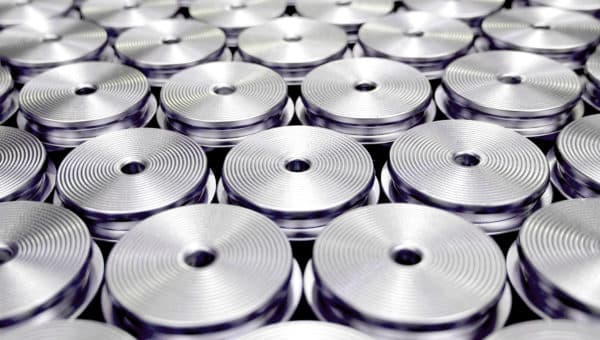NIPLATE® 600
Medium Phosphorus Electroless Nickel Plating
Niplate 600 is a medium phosphorus (5-9% in P) electroless nickel plating. Niplate 600 is the most widely used of all Niplate platings thanks to its high wear resistance, good corrosion resistance, and low cost.
The Niplate 600 coating is extremely versatile and is used to impart corrosion and wear protection to mechanical components in the automotive, hydraulic, and pneumatic sectors.
Due to its high hardness value, the coating plating offers protection against sliding wear, fretting wear, and erosion. Hardening treatments make it possible to achieve 1000 HV, equivalent to hard chrome. In fact, the treatment is employed in place of hard chrome platings for applications such as piston rods or cylinders, with the benefit, compared to hard chrome, that it can be applied on all alloys, and also offering better corrosion resistance.
The corrosion resistance of the Niplate 600 film makes it possible to protect brass parts against oxidation and corrosion such as valve bodies in the automotive and oxygen sector and forged brass parts, requiring high salt spray corrosion resistance.

 Technical datasheet
Technical datasheet